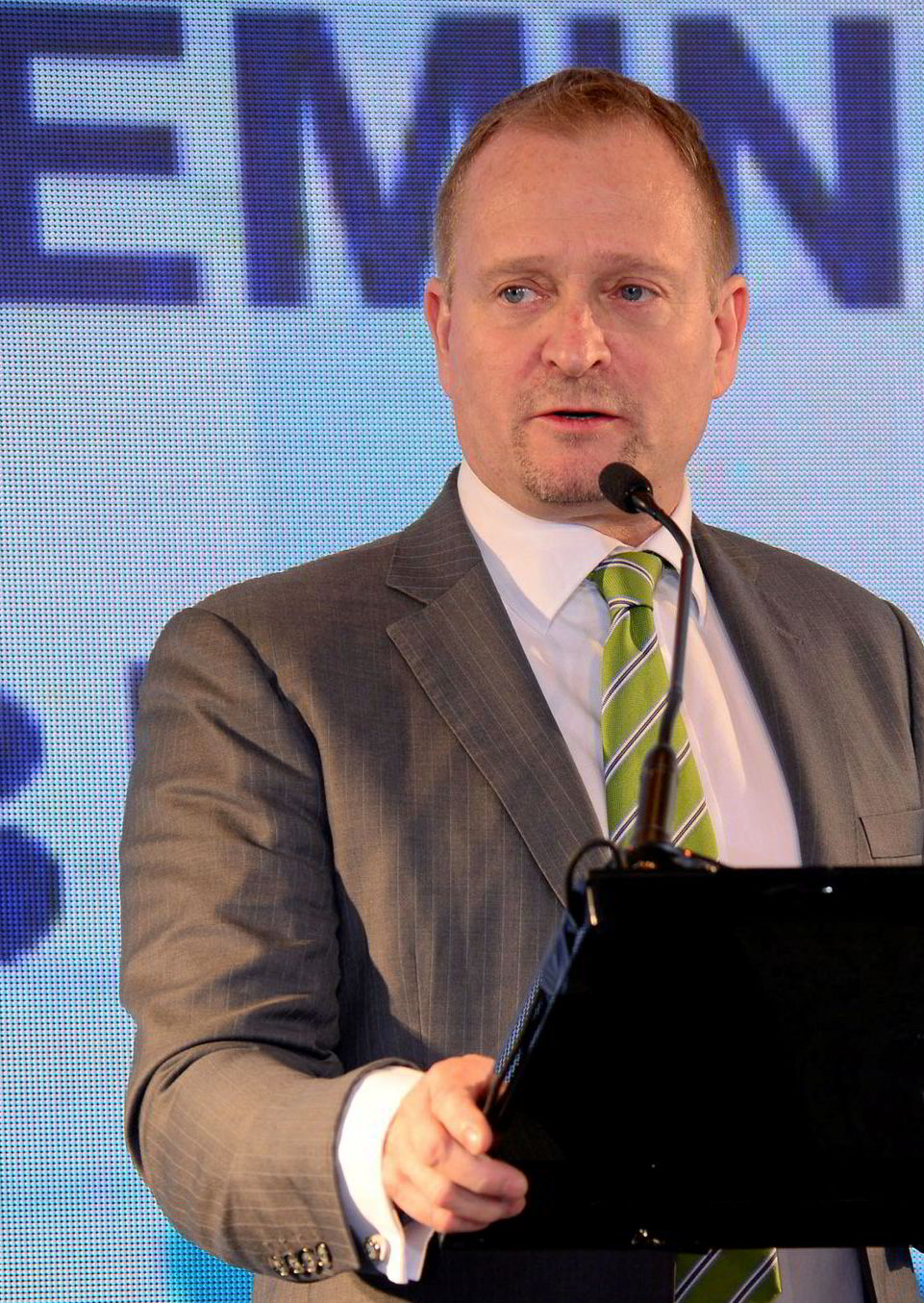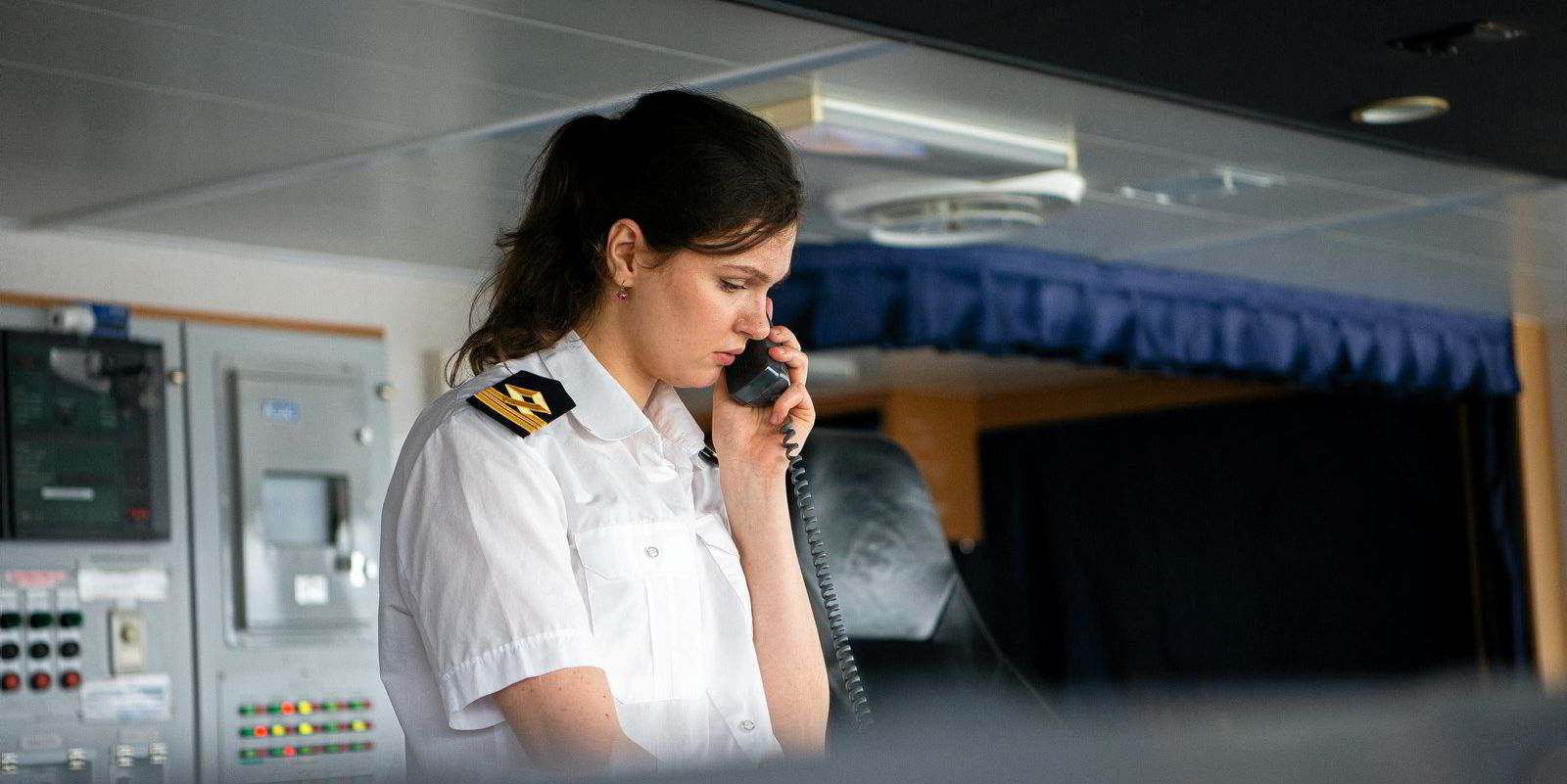Uncertainty about working at sea plus rising standards of living in seagoing nations are making seafarers reluctant to sign up for their next voyage, even as the Covid-19 crisis begins to ease.
Hong Kong’s Anglo-Eastern — the world’s biggest third-party ship manager — is not quite seeing a “Great Resignation” but something more like a “Great Hesitation”.
Bjorn Hojgaard, chief executive of Anglo-Eastern, said: “Onshore, we are not seeing any increased staff turnover. And we still have over 20,000 applicants a year for our annual uptake of 480 cadets. That has not changed in the last many years.
"But there is an uptick in the number of seafarers who have not yet declared themselves ready to take a new contract.”
About 1,500 of Anglo-Eastern’s 33,000-strong pool of crew members have been slow to declare readiness in recent months, or about 4.5%.
“Before, it was basically no one,” Hojgaard said. “Maybe 100 or so a year, often people who had sickness in the family or special circumstances. And 4.5% is not making it impossible for us to crew ships, but it is a discernible difference.”
He blames the new expectations of seafaring life in the Covid era and not least the unpredictability of working conditions.
Industry in flux?
“We have to get back to a place where working and living on board are conducive to people who want to make a career in the industry,” he said.
“If [current disruptions] sort themselves out, we won’t see permanent damage. Otherwise, people with a financial cushion will leave the industry.”
Not all of Anglo-Eastern’s peers admit to the same challenges.

Without commenting on the specific issue of seafarers returning for their next period at sea, Kishore Rajvanshy of Anglo-Eastern’s hometown competitor Fleet Management said:
“We currently rely on a seafarer community of over 24,000 and are pleased to have a retention rate close to 96%.
“We have seen very little attrition and believe this is a result of our commitment and effort to build a strong culture.”
Like other managers, Rajvanshy emphasises the crew welfare measures that his company has taken to meet the Covid-19 challenge — and he said his seafarers have shown resilience.
“The simple fact remains that there will always be demand for good crew — in good times or bad — and our data shows there is continued growth in the number of candidates interested to pursue a career at sea, and this is consistent with the growth in world tonnage,” he said.
Finn Amund Norbye, chief executive of Norwegian ship manager OSM, said he had surveyed his branch offices in major seagoing countries in response to an enquiry from TradeWinds.
The Arendal-based company has a multinational crewing pool of some 17,000.
“I reached out to our major crewing hubs and asked them, ‘What do you see?’” Norbye said. “For many of the seafaring hubs, going to sea remains a popular and also a well-paid profession.”
He acknowledges that the past two years have been tough for crews.
‘Some resignations’
“But from the main nationalities, we have not seen any great departure of seafarers,” he said. “I have no statistics but this is our general impression.”
He added that rising living standards on shore and not just the challenges of life at sea matter in retention.
“It’s a bit different from country to country because in some it will be easier to get alternative employment,” he said. “In India, we have always seen some resignations but there is not an alarming increase as compared to before Covid.
“And sometimes of course, seafarers may be moving from one trade to another within seafaring.”
Norbye said OSM’s goal has always been to be the most attractive employer among ship managers and credits that goal for a retention rate of 98% to 99%. His shipowner clients say crew retention is what is most important for them.
“Unlike most companies, we actually employ the seafarers ourselves,” he said. “And we should treat our colleagues as a scarce resource.”
As TradeWinds went to press, Norbye’s most acute crewing issue had to do with its Ukrainian and Russian seafarers, respectively about 600 and about 200, many of them officers.
OSM was in contingency planning meetings as Russia’s invasion of Ukraine began.




